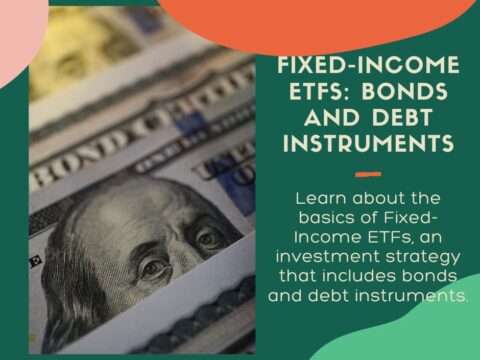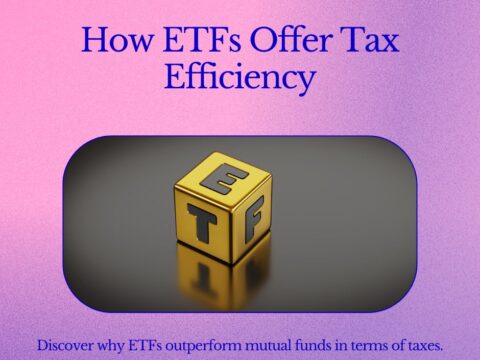Introduction to Leveraged ETFs
Leveraged Exchange-Traded Funds (ETFs) have gained popularity among investors seeking amplified returns, but their mechanics can be complex. This guide demystifies leveraged ETFs, shedding light on how they work and the considerations for investors.
Understanding Leverage
1. Leverage Basics:
- Magnifying Returns and Risks: Leveraged ETFs aim to amplify returns by using financial derivatives, such as swaps and futures contracts. However, this magnification applies to both gains and losses, intensifying risk.
2. Leverage Ratios:
- 2x, 3x, and Beyond: Common leveraged ETFs seek to provide double (2x) or triple (3x) the daily performance of an underlying index. These ratios indicate the level of amplification.
Daily Reset and Compounding Effects
1. Daily Reset Mechanism:
- Daily Performance Alignment: Leveraged ETFs typically reset their exposure daily to maintain the intended leverage ratio. This resetting can lead to divergences from longer-term performance expectations.
2. Compounding Effects:
- Impact on Long-Term Performance: Compounding effects, resulting from daily resets, can cause leveraged ETFs to deviate significantly from the expected multiple of the underlying index’s returns over extended periods.
Risk and Volatility Considerations
1. Volatility Impact:
- Exacerbating Volatility: Leveraged ETFs tend to be more volatile than their non-leveraged counterparts, especially during periods of market turbulence, as the amplification factor influences price movements.
2. Risk of Losses:
- Potential for Rapid Losses: Due to the daily reset mechanism, prolonged market declines can lead to significant losses in leveraged ETFs, even if the underlying index eventually recovers.
Investment Strategies and Use Cases
1. Short-Term Trading:
- Day Trading and Tactical Moves: Leveraged ETFs are commonly used for short-term trading strategies, including day trading and tactical plays, where investors seek to capitalize on short-term market movements.
2. Hedging and Portfolio Adjustments:
- Managing Portfolio Risk: Some investors use leveraged ETFs as part of a hedging strategy or to adjust overall portfolio risk, but caution is essential due to the inherent risks involved.
Leveraged ETFs vs. Traditional ETFs
1. Performance Divergence:
- Contrasting Performance Trends: Over extended periods, leveraged ETFs and traditional ETFs tracking the same index can exhibit significant divergence in performance due to compounding effects.
2. Investment Goals and Horizon:
- Aligning with Investment Objectives: Investors must align their choice between leveraged and traditional ETFs with their risk tolerance, investment goals, and time horizon.
Risk Management Strategies for Investors
1. Asset Allocation:
- Balancing Portfolio Exposure: Careful allocation of assets, including the use of leveraged ETFs as a limited portion of a diversified portfolio, can help manage overall risk.
2. Monitoring and Rebalancing:
- Regular Portfolio Assessments: Active monitoring and periodic rebalancing of a portfolio that includes leveraged ETFs are crucial to maintain the desired risk-return profile.
Regulatory and Industry Oversight
1. SEC Regulations:
- Scrutiny and Oversight: The U.S. Securities and Exchange Commission (SEC) closely monitors leveraged ETFs, and regulatory scrutiny ensures that these investment vehicles adhere to established guidelines.
2. Educational Disclosures:
- Transparent Information: Leveraged ETF providers are required to provide clear educational materials and disclosures, helping investors understand the unique features and risks associated with these products.
Conclusion
While leveraged ETFs offer the potential for enhanced returns, investors must approach them with a clear understanding of their mechanics and associated risks. Diligent risk management, alignment with investment objectives, and ongoing education are crucial for those considering the incorporation of leveraged ETFs into their investment strategy. By navigating the complexities of leveraged ETFs, investors can make informed decisions that align with their financial goals and risk tolerance.




